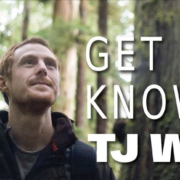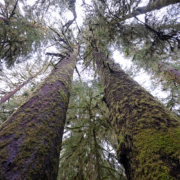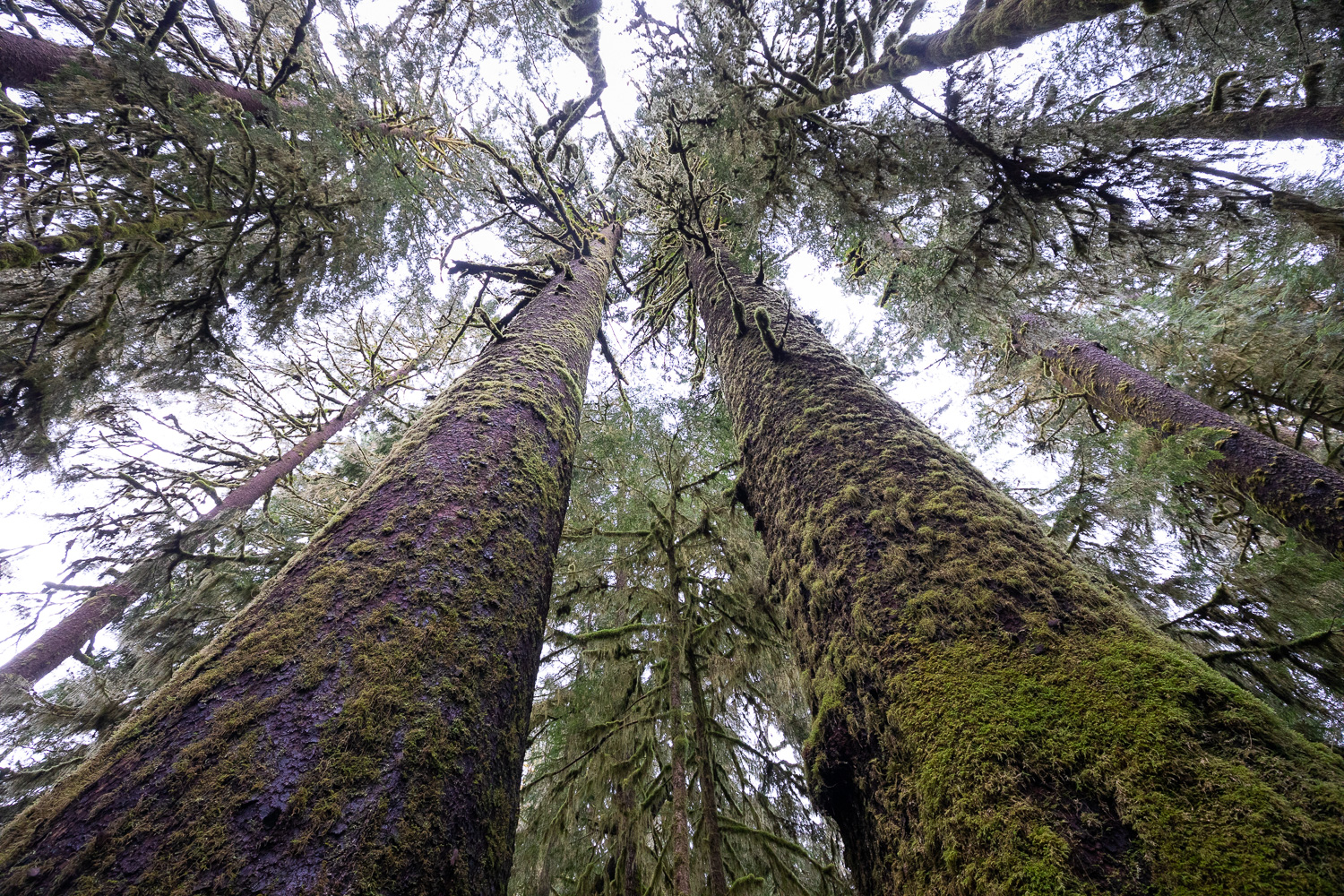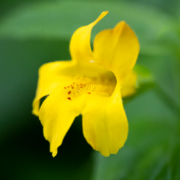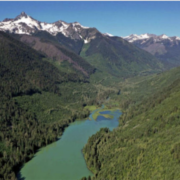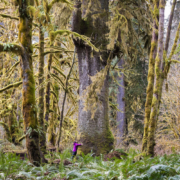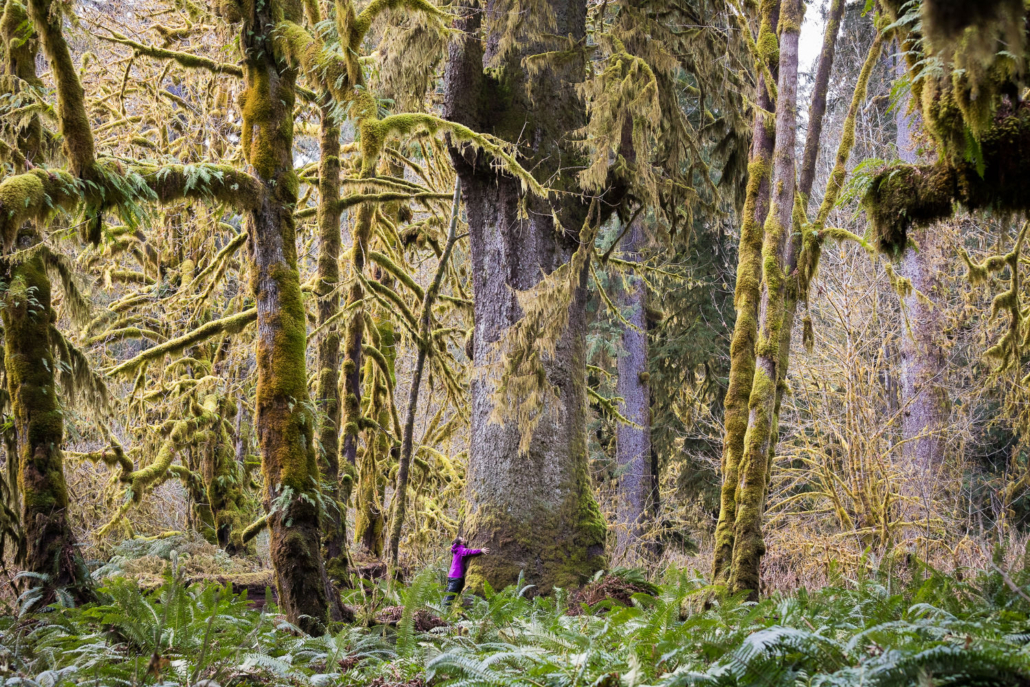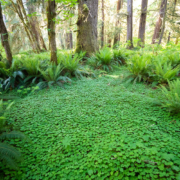July 19, 2022
The Abbotsford News
By Jessica Peters
Indigenous petroglyphs, old growth forest, cultural significance at further risk: Kanaka Bar Band
The wildfire that’s moving through the forests west of Lytton is the newest threat to an area rich in historic and cultural significance.
As of Tuesday morning, the fire is at 2,000 hectares and crews are making progress at containing it.
Just days before the fire started, the nearby Kanaka Bar Band issued a press release proposing that a 350-square km portion of the region just south of Lytton be designated as the T’eqt’aqtn Indigenous Protected and Conserved Area (IPCA).
It includes maps, photos and details of its Indigenous cultural significance, including petroglyphs and pictographs.
The region has a multitude of climates, from protected parks and pristine watersheds to ancient glaciers. There are trees documented to be the biggest of their kind, fields of culturally significant, endangered plants, numerous distinct archeologicial sites, and even a petroglyph thought to be the oldest in the country.
The Kanaka Bar Band’s territory includes some of the rarest and most endangered old-growth forests in BC.
“The focus of this IPCA is ecosystem restoration and climate resiliency — a necessity after many community members, including our chief, lost their homes in the nearby Lytton fire,” said Sean O’Rourke, lands manager for the band. “We endeavour to prevent all unsustainable uses of our lands and resources to safeguard our unique ecosystems and cultural heritage.”
So what area is this exactly?
Kanaka Bar Band is a Nlaka’pamux First Nation in the Fraser Canyon, about 14 km south of Lytton. Their proposed IPCA encompasses the Kwoiek and Four Barrel watersheds and adjacent parts of the Fraser Canyon, which will include roughly 125 square km of old-growth forests.
They hope to “safeguard” the territory’s unique ecosystems and cultural heritage from further harm, as well as to restore areas that have been damaged by industrial logging and mining over the past century. O’Rourke says that although around 180 square km of intact forest remains, much of the territory was clear cut by Teal Jones in the 1970s-’90s, and significant restoration work is needed.
“Returning the territory to Kanaka Bar will advance the entire Fraser Canyon’s climate resiliency,” O’Rourke said. “Functional, healthy ecosystems are our best defense against natural disasters. After more than a century of profit-driven management, it is time for a different set of values to guide land use. The wildfires and landslides of 2021 make this abundantly clear.”
Their release was undersigned by Kanaka Bar Chief Patrick Michell and the band’s CEO Greg Grayson.
It describes the rich cultural importance of the region, and the connection the people there have to the land, historically and today.
“Kanaka’s territory is located just beyond the edge of the coastal ecosystems, a transitional area home to both rainforest species and those associated with BC’s dry interior,” they write. “Here, old-growth Western red cedar and Ponderosa pine can be seen growing side by side, and endangered whitebark pine thrive in the subalpine.”
The unusual climate creates distinct plant communities not seen elsewhere—like ćewéteʔ (barestem desert-parsley) and old-growth Ponderosa pine/Douglas-fir meadows.
“Before colonization, T’eqt’aqtn, meaning ‘the crossing place’—in reference to two opposing whirlpools that enable the Fraser to be crossed here with just four paddle strokes—was stewarded by T’eqt’aqtn’mux (the people of Kanaka Bar) for over 8,000 years,” the release continues. “At this location, numerous village sites with dozens of house pits—some as big as bingo halls—dot the flats above the Fraser (River); and pictographs and petroglyphs, as well as culturally modified trees, mark important spots and travel corridors.”
There is one old-growth red cedar in Kanaka with 12 separate bark strippings and evidence of sustainable Indigenous logging. It holds the record for Canada’s ‘most culturally-modified tree.’
“What you do to the land (or allow others to do), you do to yourself,” states Chief Patrick Michell. “Kanaka Bar has been subjected to over a century and a half of colonization and greed, and we now face the global existential threat of climate change—but the damage can be reversed. Through this IPCA, we will rehabilitate Kanaka’s Territory and heal not only our lands but our people.”
It’s going to take a lot of work to achieve their goal, they point out.
“Provincial recognition and protected areas legislation, as well as provincial and federal funding for IPCAs, are the most vital pieces necessary to see this through,” they write, adding that they are in the process of completing socio-cultural and bio-physical conservation value assessments, and planning a socio-economic study, land-use plan and stakeholder engagements.
It’s not about never using the land. It’s about using it responsibly.
“The T’eqt’aqtn IPCA will not preclude all land uses and developments,” they state. “Nlaka’pamux will be able to hunt, fish, and gather in these lands like they always have, and visitors who respect community values are welcome.”
The band will work with proponents “whose projects are sustainable and in accordance with the community’s priorities,” and the band continues to develop food self-sufficiency initiatives and an ecotourism economy.
It’s all about creating a stronger future for generations still to come, one where T’eqt’aqtn’mux will be able to sustainably live off and care for their lands, just as their ancestors did.
Their IPCA initiative has support from Nature Based Solutions Foundation, Endangered Ecosystem Alliance, Ancient Forest Alliance, and Nature United.
Read the original article

